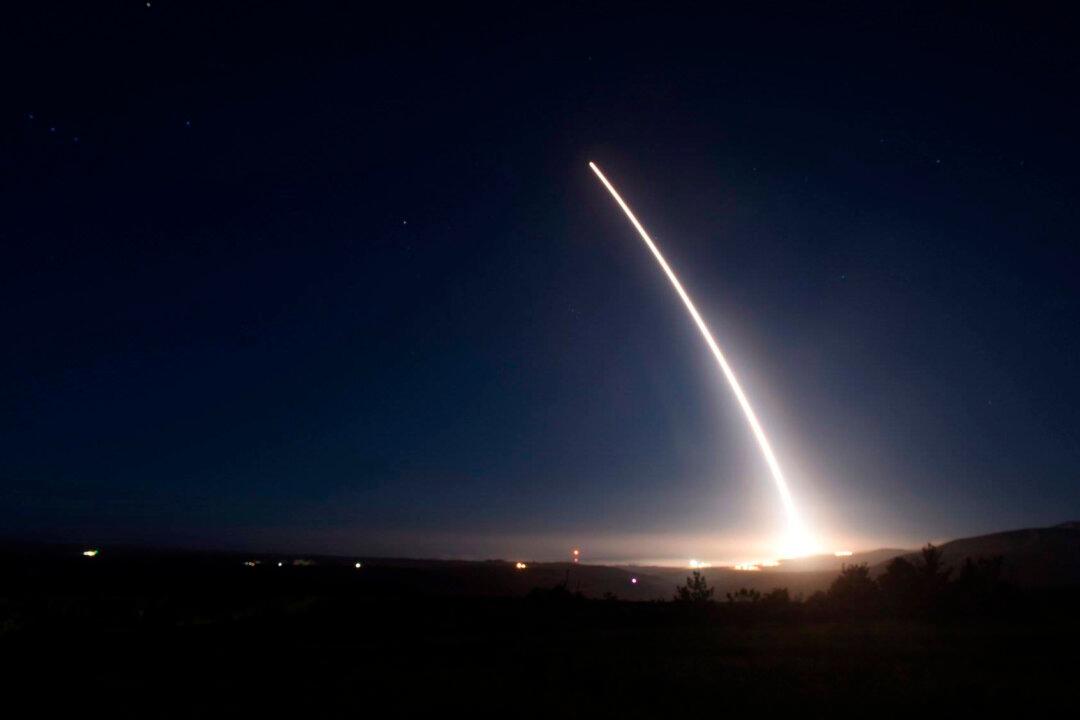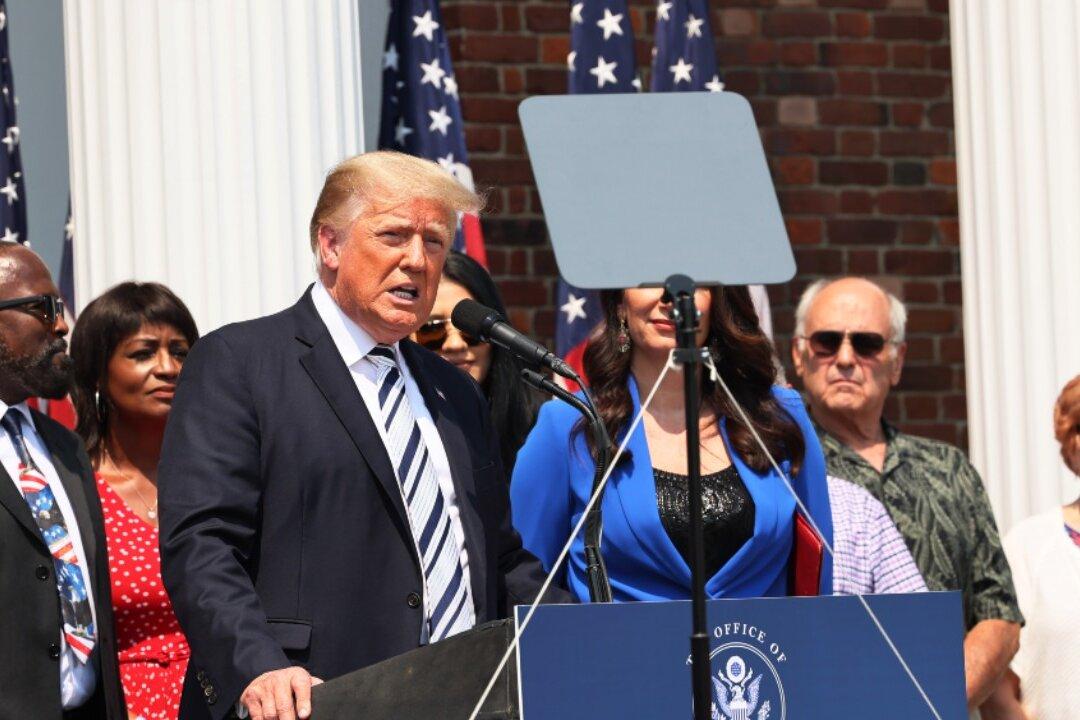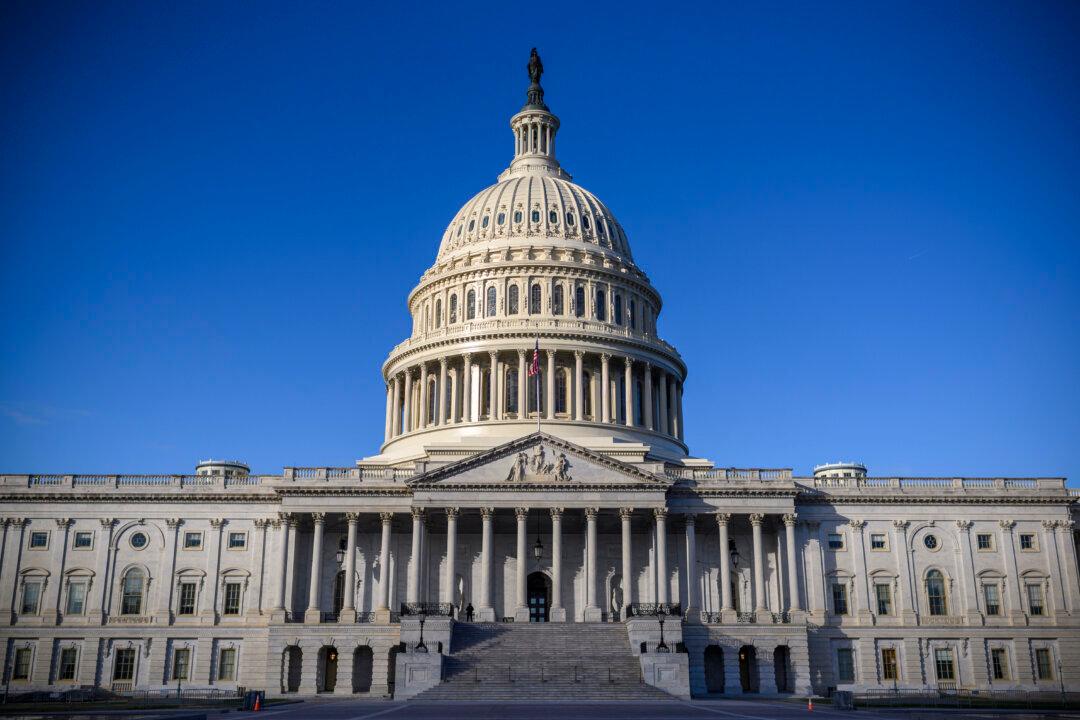Adm. Charles Richard, the Chief of the United States Strategic Command (STRATCOM), said on Tuesday that a planned modernization program for the U.S. nuclear arsenal would compel a re-examination of the nuclear strategy.
The Admiral’s comments were made after reports said a Biden administration may cut a $1.2 trillion nuclear-modernization plan.




